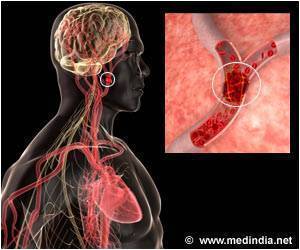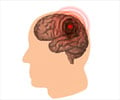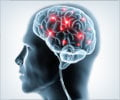Wii-based therapy used in the rehabilitation of stroke patients results in improved limb function.
Strokes are increasingly common due to a general increase in life expectancy. The major problem posed by stroke is that it disables patients and makes them dependent on others for basic needs. Some patients gain partial or complete function with rehabilitation; however rehabilitation is not easily accessible to all. In some other cases, patients are not compliant with rehabilitation techniques and may prefer traditional treatments.One of the therapies adopted for treating weakness of upper arm due to stroke is called forced-use therapy. In this approach, use of the affected hand is forced by restricting the use of the good hand. This approach brings about improvement in functional activity of the affected arm. The benefits were better and persisted longer when this technique was combined with structured learning and intense practice.
Virtual reality has also been used in order to make rehabilitation more interesting. Though results have been promising, the technical difficulties in terms of high cost, the requirement of trained staff and the difficulty in transportation of equipment limits its use on a large scale.
The use of gaming systems has been investigated for the rehabilitation of stroke victims. One such system is the Nintendo (Kyoto, Japan) Wii™. Scientists have developed a treatment that uses this gaming device to improve limb function.
A recently published paper reports the use of Wii-based Movement Therapy in patients between 22 and 83 years of age and 1 month to 21 years post stroke with minor to severe impairment. The patients underwent intensive treatment for a brief period of 14 days. In this therapy, the patients used "Wii Sports" (Nintendo, Kyoto, Japan) games like golf, tennis, bowling, baseball, and boxing in a well-structured manner to improve movements of the affected limb.
Following the treatment according to the protocol, all the patients included in the study improved from 25 to 40 percent with therapy, as well as gained some independence with respect to basic activities of daily life.
Though the exact mechanism in which Wii-based Movement Therapy benefits stroke patients has not been studied, it nevertheless appears to be an effective and enjoyable method to rehabilitate stroke patients with upper limb weakness.
Games for Rehabilitation: Wii-based Movement Therapy Improves Poststroke Movement Ability; Penelope A. McNulty. Games for Health Journal. October 2012, 1(5): 384-387. doi:10.1089/g4h.2012.0055.
Source-Medindia















